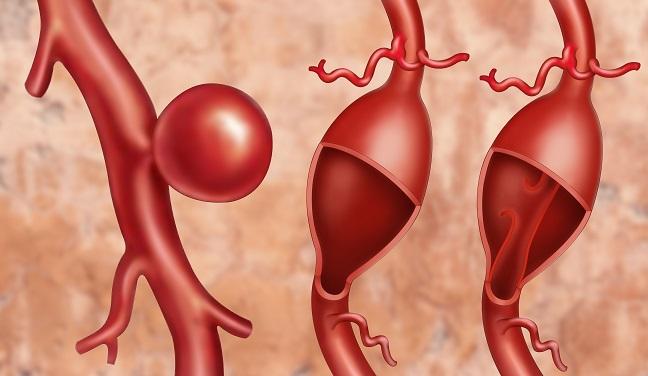FDA Warns of Rising Endoleak Rates After Endovascular Aneurysm Repair
A letter sent last week is cautioning healthcare providers to watch out for type III endoleaks after EVAR, following an uptick in reports.

The US Food and Drug Administration (FDA) is warning physicians that data from both clinical and industry sources suggests that the occurrence of Type III endoleaks in patients who have undergone endovascular aneurysm repair (EVAR) is on the rise.
In a letter to healthcare providers posted late last week, the agency said they were “bringing this potential complication to your attention to remind and encourage you to report Type IIIa and IIIb endoleak events to the manufacturer and the FDA. This may include reporting individual events as well as rates you may have experienced in your practice.”
The information concerning the increase in event rates comes from the FDA's Medical Device Reporting (MDR) system database as well as from the Annual Clinical Updates to Physicians, which are provided by manufacturers of endovascular graft systems. The reported increase pertains to patients with various device models and implant duration lengths, including some patients who had previously stable repairs, the agency noted.
The FDA said it is continuing to work with manufacturers “to better understand this issue, including the prevalence of Type III endoleaks, contributing factors, and the risks and benefits of secondary interventions to address these endoleaks.”
In addition to stressing the importance of lifelong surveillance of patients who have undergone EVAR, the agency also suggests:
- Considering Type III endoleaks in the differential diagnosis of patients presenting with symptoms of potential aneurysm expansion or rupture
- Discussing all available treatment options to address Type III endoleaks, including the risks and benefits of each, before deciding the best treatment approach
- Reporting early or late device-related adverse events (including Type IIIa and IIIb endoleaks) and device-related adverse events that occur as a result of a secondary intervention to treat Type III endoleaks to the online FDA MedWatch program.
L.A. McKeown is a Senior Medical Journalist for TCTMD, the Section Editor of CV Team Forum, and Senior Medical…
Read Full BioSources
US Food and Drug Administration. Endovascular graft systems: letter to health care providers—type III endoleaks associated with use. Published on: September 28, 2017. Accessed on: October 2, 2017.


Comments